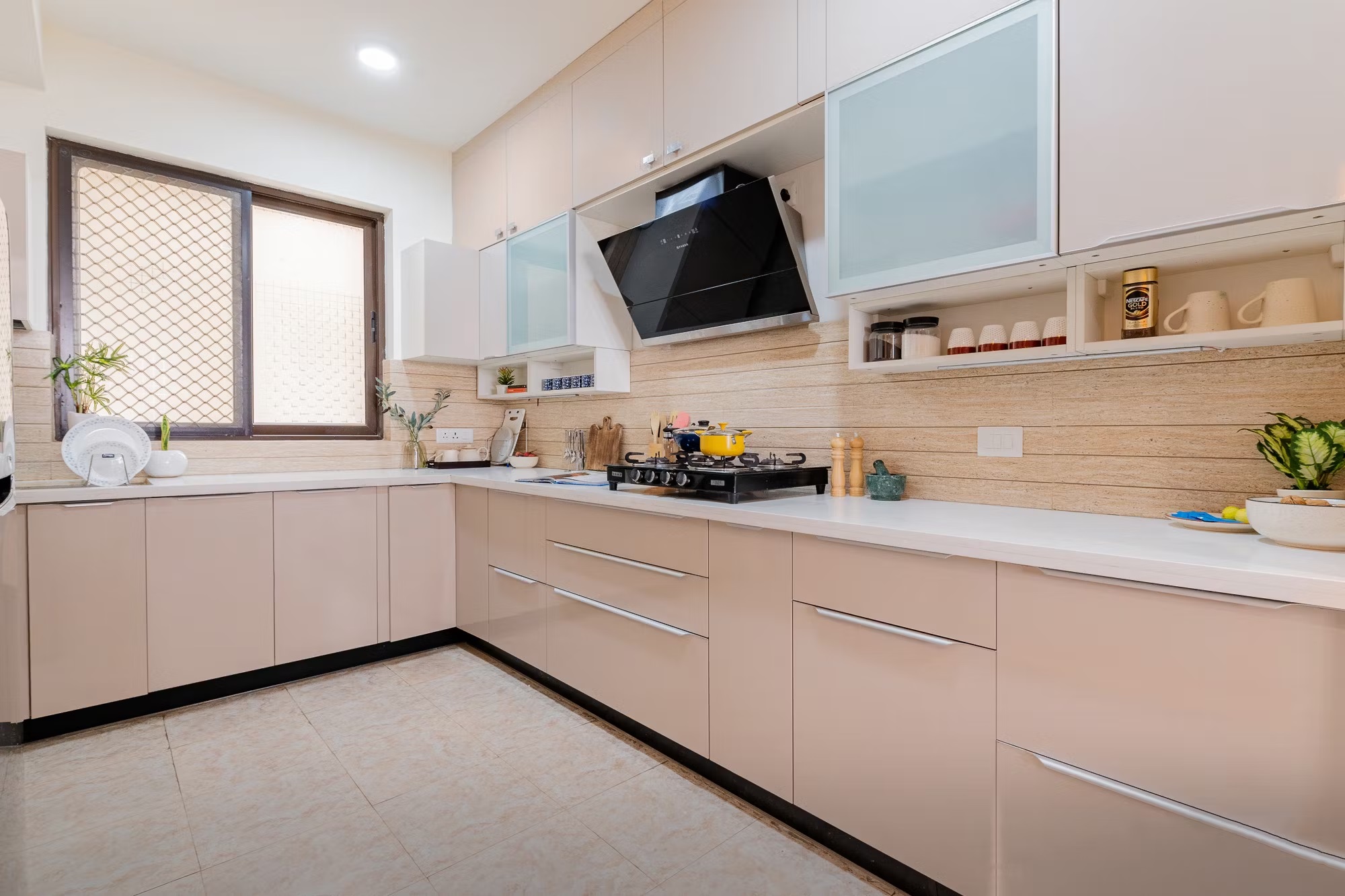Kitchens are the most detail-rich and intricate rooms inside a home. These cabinets play an essential role in the kitchen. These cabinets are influenced in different features:
- Shape
- Appearance
- Overall feeling
You should consider carefully choosing the materials, colors, and finishes of quality kitchen cabinets, whether in long-term or permanent addition to the home.
What to consider when purchasing a kitchen cabinet?
The kitchen cabinets are available in three unique categories:
- Stock cabinets. These are the least expensive and the lowest quality choices; these are available in a few sizes and configurations.
- Semi-custom cabinets. These are the most popular types with different sizes, configurations, and finishes.
- Custom cabinets. These are available in an unlimited number of possibilities, designed and built to every home’s specifications.
Types of kitchen cabinet materials
Choosing the types of materials for the cabinets influences the cost and longevity of the cabinets:
- Plywood. The highest quality kitchen cabinets consist of cabinet-grade multi-layer plywood. These plywood cabinets are strong and easier to install, these are considerably lighter in weight rather than particle board cabinets or MDF. Plywood cabinets are more expensive, but these are a good choice if you expect to own a house for a long time.
- MDF. The medium-density fiberboard cabinets utilize the fibrous byproducts of wood milling. So, they are considered eco-friendly. The MDF cabinets are faced in laminate or thermo-foil since these don’t take paint well.
- Particle board. The lowest grade material for the kitchen cabinet boxes, the particle board fractures easily expands, and then contracts with environmental changes. However, the particle board cabinets are cheap and make them ideal options for shorter-term residences, rentals, or cabins.
Layouts and configurations
The installed kitchen cabinet is blended, so seamlessly that it is hard to see these are made up of three types:
- Base. All the kitchens have cabinets 36 inches high, the base cabinets will rest on the floor and provide storage below and the countertop workspace on top. These base cabinets will be 24 inches deep. The base cabinets are available in different configurations, addressing various functions. So, the sink base cabinet is wide enough to accommodate the double-basin sink on top. The corner base cabinet is L-shaped so that it fits in the kitchen’s corner.
- Wall cabinets. Most kitchens have these wall cabinets. It is 12-17 inches deep, these are attached to wall studs and elevated about 18 inches above the countertop. The wall cabinets hold plates and glassware.
- Tall cabinets. These are tall and narrow. They reach to the ceiling and are sometimes called pantry cabinets; they hold small kitchen appliances and large food items, such as flour or rice.
Speciality cabinets
These are special cabinets crafted based on the client’s specifications. The specialty cabinets are helpful options for space and budget. These are grab-bag of all of other cabinets that are not classified as:
- Base cabinets
- Wall cabinets
- Tall cabinets
The popular specialty cabinets are wine racks, hutches, and the slider pull-outs.
There are many ideas about kitchen cabinet styles and designs. But, it is all up to your interior before picking one.

